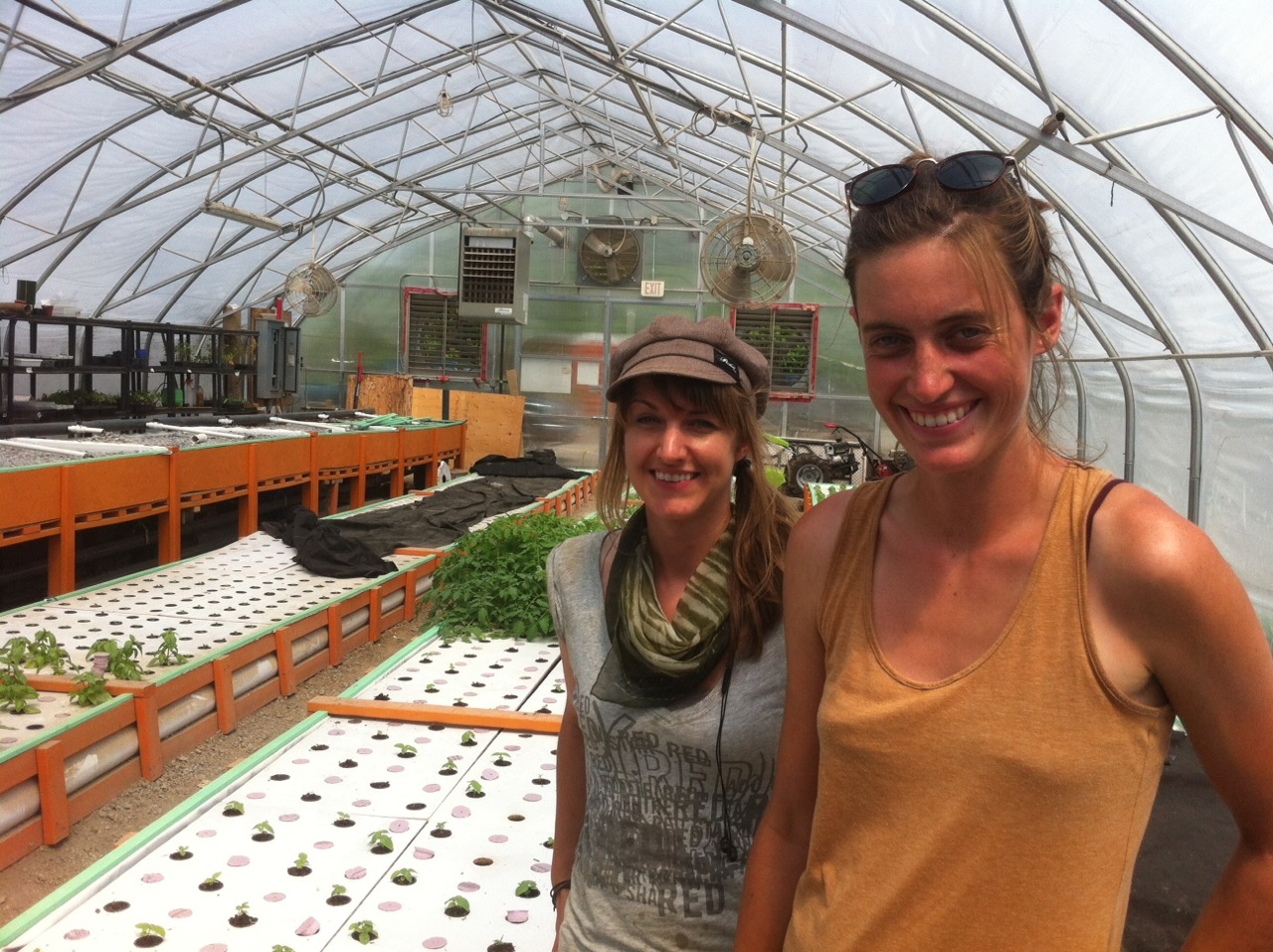The restaurant business is loaded with opportunities for cooperating with Mother Nature and with the goals of a modern, green society. From training a staff to choosing a menu, in style and substance, globally conscious restaurant owners can find ways to help them sleep well at night.
1.Cleanliness
Keeping a restaurant going requires a dedication to cleanliness, for which many restaurant managers and owners reach for the first cleaning products they find. This often means commercial cleaning projects that contain questionable chemical compounds that you wouldn’t want in your home, let alone in a business that caters to an enlightened, planet-friendly clientele.
Of course, if you want to go green with your cleaning products, your local health board or the state’s own regulations might have something to say about that. Water alone will not take care of unhealthy bacteria or other dangerous pathogens. On the other hand, you will want to use cleaning products that really work. Call your local health board for recommendations in this area.
2. Training Workers
Certainly, health departments in various states consider their role to be one of helping businesses keep a clean and health establishment, not shutting health code violators. Out west, the California food handlers card attests to the state’s dedication to helping train workers in keeping restaurants clean and handling food properly. Yes, organic often implies a relaxed atmosphere when it comes to food presentation, but that doesn’t guarantee healthy practices, something your state regulators will certainly remind you if they need to. You can also train your workers how to compost or give away food that is not eaten by the end of the day.
3. A Green Menu
The greatest impact a restaurant can have is in what the owner puts on the menu. Choosing your local suppliers has a direct impact on the green economy and offers a method in which one business can have a lateral impact on their industry. Supporting certified organic farmers who avoid abusing the planet with pesticides, herbicides, antibiotics, poor land management and pledge humane treatment of their animals allows these small farmers to survive and even thrive, allowing them to prosper and grow.
One organic farmer doing well is a signal to the farming community that green practices not only make planetary sense but economic sense. It allows the organic community to participate in the marketplace.
Using organic suppliers also supports the local economy simply because crops sprayed with pesticides and treated with preservatives can travel father as these practices increase a product’s shelf life. In contrast, organic farmers tend to prefer local markets, so they can sell their fresh, vulnerable products in markets that appreciate local means fresh and this means healthier foods untreated by preservatives.
In this manner, a restaurant that uses green suppliers makes enormous use of its buying power. They support local producers who are kind to the planet earth and makes use of fresh, local foods that go quickly to their customers. A healthy planet and healthy customers mean that green menus influence the world well beyond their own cash registered.
4. Education
Beyond the complex and rewarding practices of running a restaurant that works within a “green” framework, restaurant owners can seize the opportunity they have to educate their customers and their would-be customers along the way.
Often, local newspapers run articles on new businesses that open in their neighborhoods and this is just one opportunity to educate the public on the benefits of a green restaurant. Start by reminding the public about the health benefits of eating simple, fresh, green, local, untreated foods and go from there. Remind them that you are supporting the local economy in ways that a national fast-food franchise is not. Remind them that your advertising dollars start local and stay local – while national chains rely on corporate advertising in which the local economy is unlikely to benefit.
5. A Living Wage
Lastly, a “green” restaurant implies a connection to the planet, but it also implies a connection to the local community and to human beings. That implies you will pay your workers a living wage. There’s no point in running a proud, healthy, green restaurant and relying on cutthroat wages for your staff.
Check with your local banks to find out if there is an established living wage in your community. Then figure out ways in which you can guarantee your staff goes home with enough money to support themselves and their families. Again, there is no point in bragging about your green business if your dishwashers cannot afford childcare or your waitresses cannot afford new shoes. If you look to countries like Switzerland the cost of food at grocery stores is not that high, but to eat out you will pay a fortune. Why? Because servers earn a good hourly wage for their services. Think about it.
With these tips, your restaurant can become truly eco-friendly. From the food you serve to the impact you have on your community, being a green, organic restaurant is more than just a trend.



